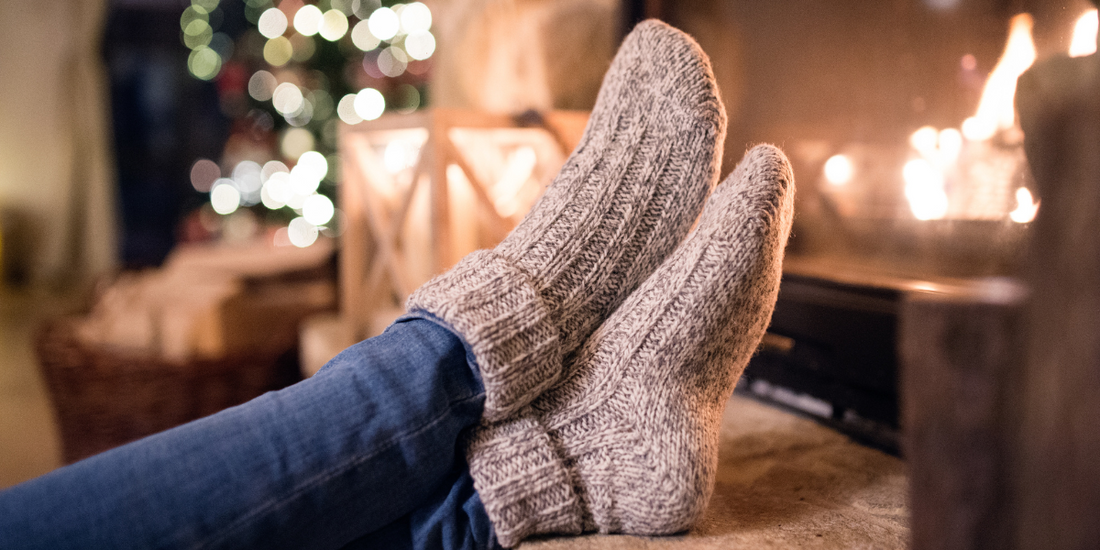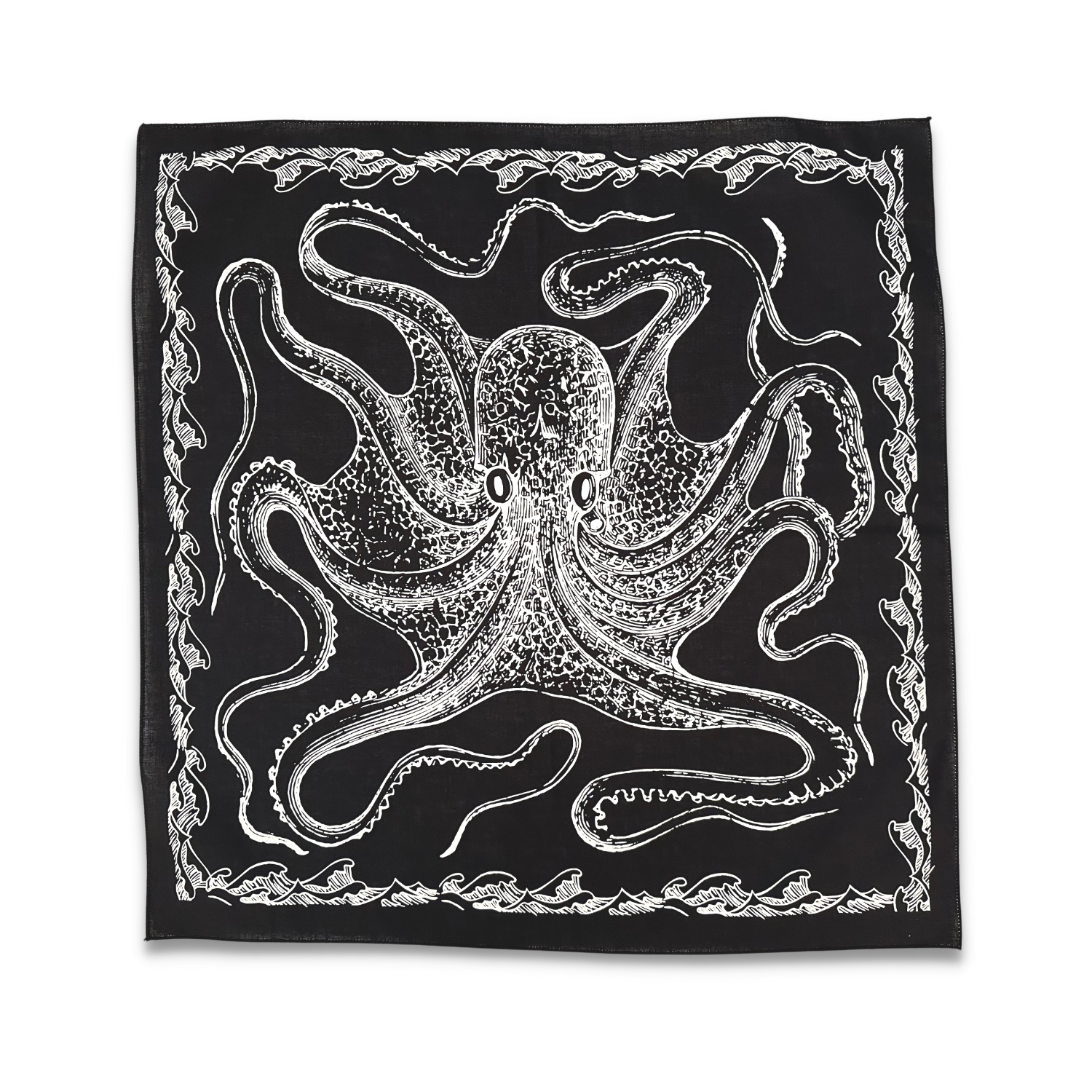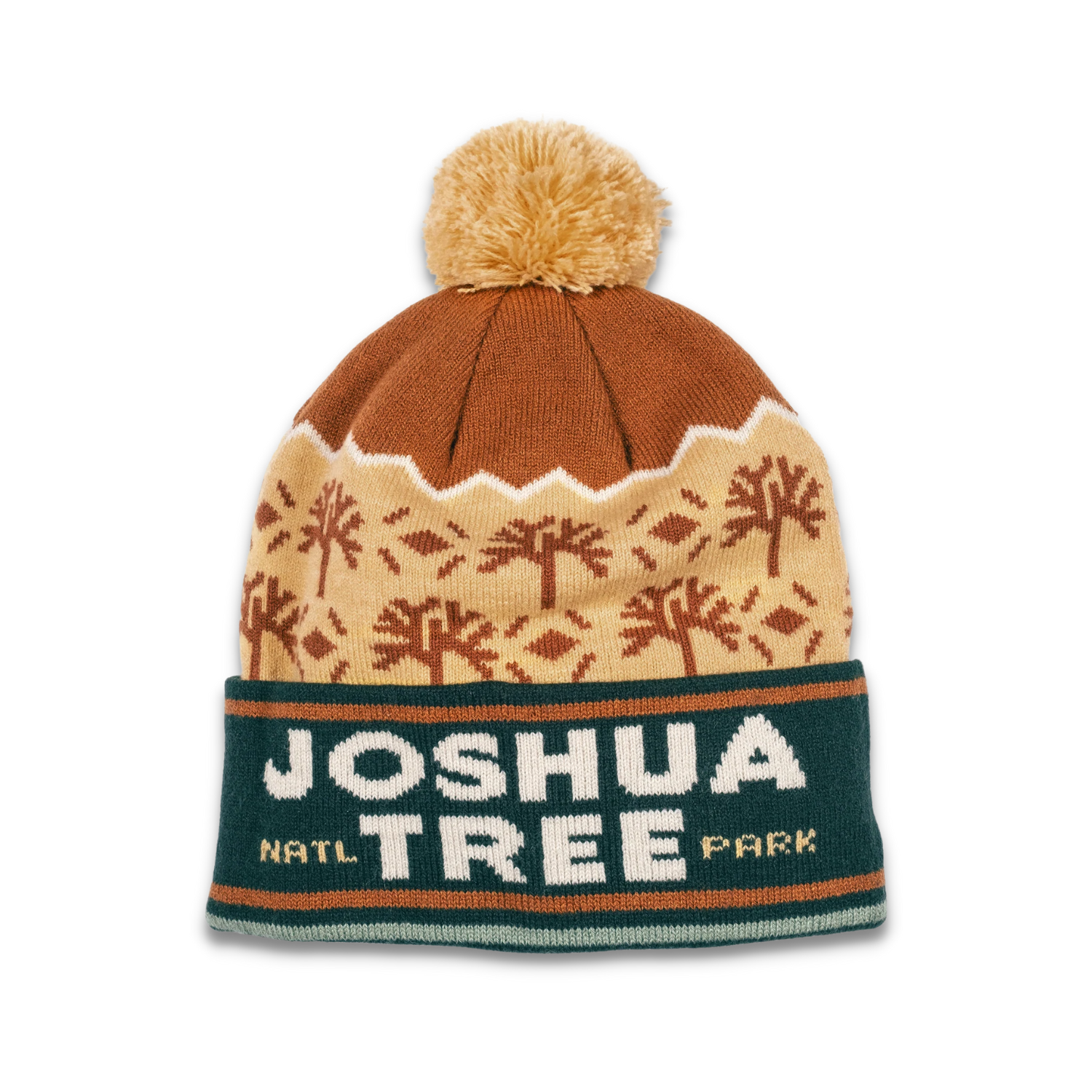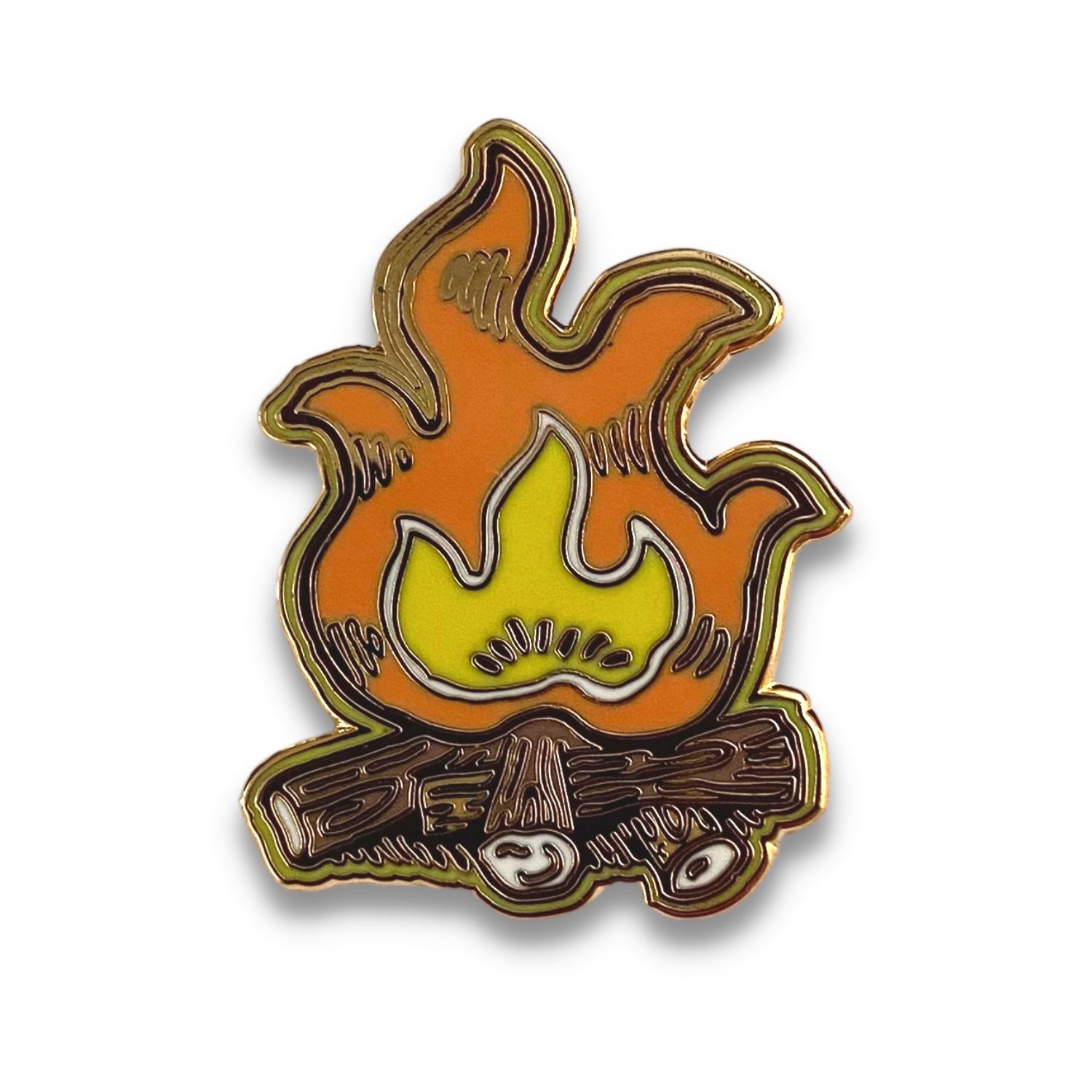As the temperature drops and we bundle up in layers, the humble sock becomes a crucial element of our wardrobe. Not just a fashion accessory, socks in the colder months are fundamental for comfort, warmth, and even health. Choosing the right fabric and style is key to keeping your feet snug and protected against the chill. Let's explore how to select the best socks for the winter season, focusing on both their functionality and style.
Understanding Fabric Choices
The fabric of your socks plays a pivotal role in warmth and comfort. During winter, the ideal materials should have insulating properties, moisture-wicking capabilities, and be gentle on the skin.
- Wool: A top choice for winter, wool naturally regulates temperature, keeping your feet warm without overheating. It also wicks away moisture, which is crucial in preventing cold, damp feet. Merino wool, in particular, is a popular option as it is softer and less itchy than regular wool.
- Cotton: While cotton is a common material for socks, it's not the best choice for colder weather. Cotton absorbs moisture and can make your feet feel cold and damp, especially if you are outdoors. It's better suited for indoor or mild weather.
- Synthetic Blends: Materials like polyester, nylon, and spandex are often blended with natural fibers to enhance the sock's moisture-wicking capabilities, durability, and fit. These blends are ideal for athletic activities in cold weather.
- Cashmere and Silk: For those looking for a touch of luxury, cashmere and silk socks provide warmth with a lighter feel. They are perfect for formal occasions or as a cozy indoor option.
Style and Functionality
The style of your socks can vary based on your activities, footwear, and personal preference. Here’s what to consider:
- Length: In cold weather, longer socks are typically better for additional warmth. Knee-high or over-the-knee socks not only provide extra insulation but also add a stylish element to your outfit.
- Thickness: Thicker socks offer more warmth but consider the fit of your shoes. Overly thick socks can make your shoes tight and uncomfortable, hindering circulation to your feet. Find a balance between warmth and comfort.
- Cushioning: Look for socks with cushioning in the sole for added comfort, especially if you'll be on your feet for extended periods. This is particularly important for winter sports or hiking.
- Compression: For those who experience foot fatigue or swelling, compression socks can provide relief and improve circulation, making them a good choice for long periods of standing or sitting.
Fashion Meets Function
Socks can be a statement piece in your winter wardrobe. From bold patterns to festive designs, they offer a chance to add some personality to your attire. Coordinate them with your outfit for a polished look, or choose contrasting designs for a fun, eye-catching statement.
Special Considerations
- Activity-Specific Socks: If you're engaging in winter sports like skiing or snowboarding, invest in socks designed for these activities. They offer targeted cushioning, support, and warmth.
- Waterproof Socks: For outdoor adventurers or those in extremely wet conditions, waterproof socks can be a game-changer.
Conclusion
The right pair of socks in the colder months is not just about fashion but about comfort, warmth, and foot health. By choosing the appropriate fabric and style, you can keep your feet toasty and well-protected against the winter chill. Remember, your feet carry you through your day, so give them the care and consideration they deserve with a good pair of winter socks.




